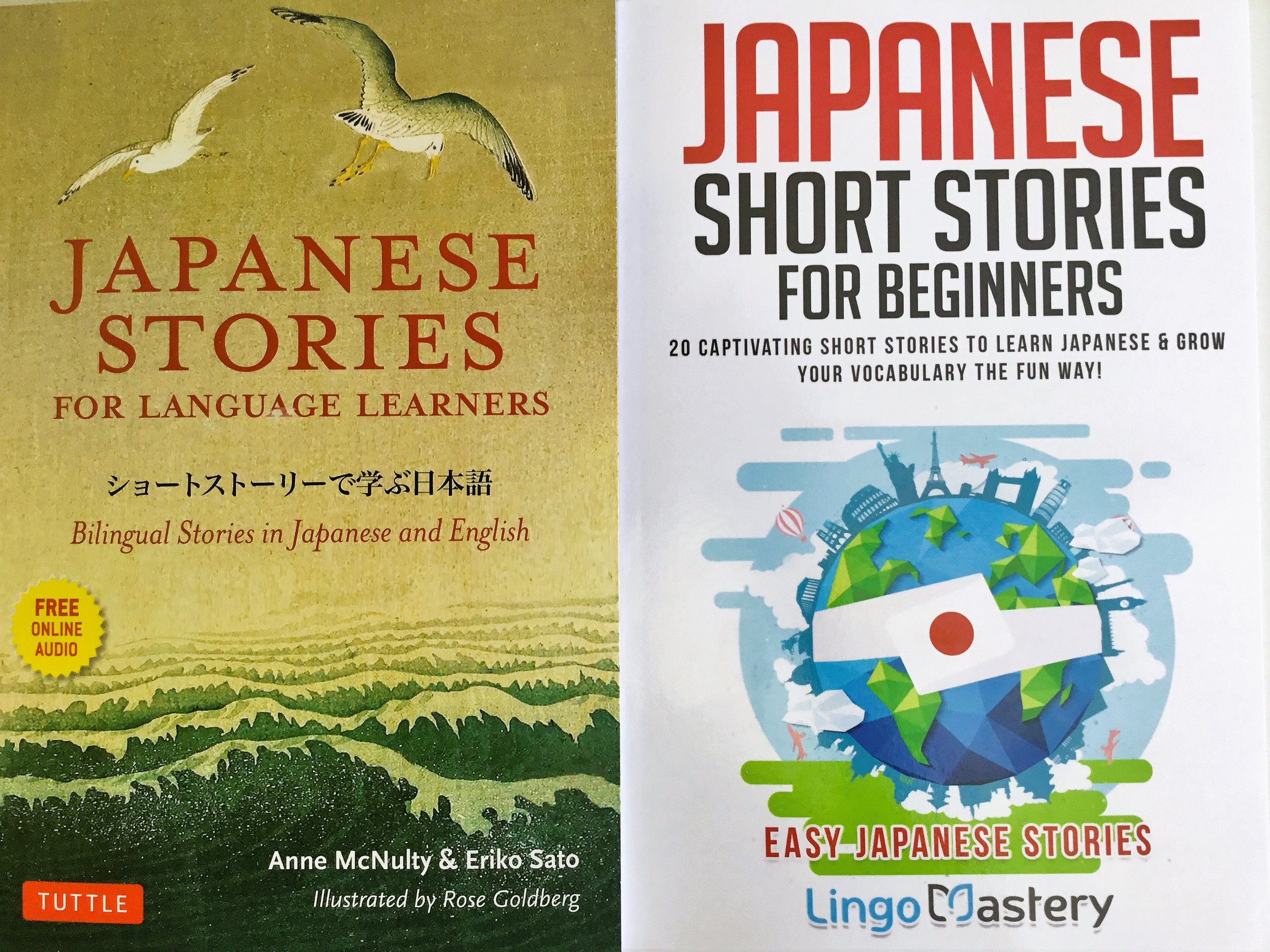2 Beginner Japanese Book Reviews / and 暑さ対策 ATSUSA TAISAKU (measures to counteract the heat)
暑すぎます 🥵 ATSUSUGIMASU (It’s too hot)
It’s time for some 暑さ対策 ATSUSA TAISAKU (measures to counteract the heat)
My new measure is 🥒 きゅうりを たくさん 食べること KYUURI O TAKUSAN TABERU KOTO (eating a lot of cucumber)
🥒 are surprisingly あぶない ABUNAI (dangerous)
Last Friday, I plonked a chilled cucumber on the chopping board and then 👉 指を 切ってしまいました YUBI O KIITE SHIMAIMASHITA (accidentally cut my finger)
血が たくさんでました。 CHI GA TAKUSAN DEMASHITA (a lot of blood come out)
バカですね BAKA DESU NE (What an idiot)
As the 🥒 didn’t work, I’m now considering a 水風呂 MIZUBURO (a cold water bath)
-------------------------------
📖 This week I want to write about two book ideas for summer reading for beginner and intermediate students.
(For free online reading material, check out the material on the excellent DOKUSHO club website)
Welcome to the book club. Let's start reading in Japanese! (dokushoclub.com)
First up, Japanese Stories For Language Learners published by Tuttle
I’ll start with the positives.
The 5 stories are a mix of quirky folktales and sophisticated short stories which would be worth reading in English alone.
The book works as great introduction to Japanese literature. I particularly liked the dramatic descriptions of the ocean in Arishima Takeo’s story , and the amusing and inventive final story by the king of Japanese onomatopoeia, Kenji Miyazawa.
I’d say the book is most suitable for intermediate and upper-intermediate students (Above N4)
Audio is available through a website link so you can listen to the stories, or listen as you read along
Tuttle is leading publisher of Asian books and the layout is appropriately professional with translator notes and word lists.
The negatives:
For a beginner, there is a lot of difficult grammar with old vocabulary rarely used nowadays.
The 2 folktales and 3 original stories are very old, all pre-World War Two. While the two folktales are in simplified Japanese, none of the stories describe a world familiar to the reader. This adds another layer of difficulty.
The second book is Japanese Short Stories For Beginners published by Lingo Mastery
Japanese Short Stories for Beginners by Lingo Mastery | Waterstones
First the positives:
It’s packed with high frequency vocabulary and grammar. Reading the sentences is very useful for beginners to intermediate students (N4 and N5 level) who want to review.
Comprehension questions, a summary in Japanese and word lists accompany each story.
As for the drawbacks…..
The stories are very simple, you wouldn’t read them for pleasure in English. Only the fact they are in Japanese makes them interesting
No audio is available, unless you purchase the audiobook through Audible.
The layout is clunky, and the furigana above the kanji is illegible in places.


